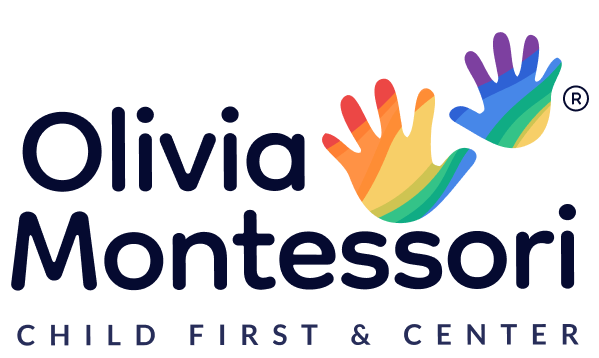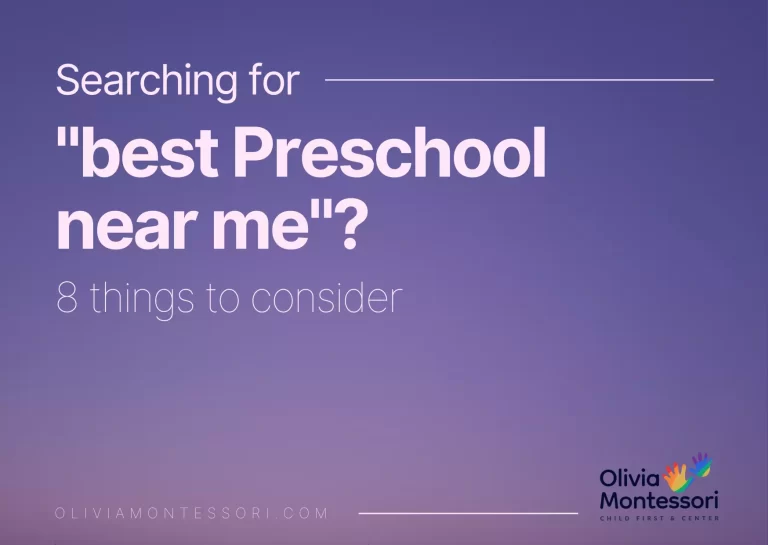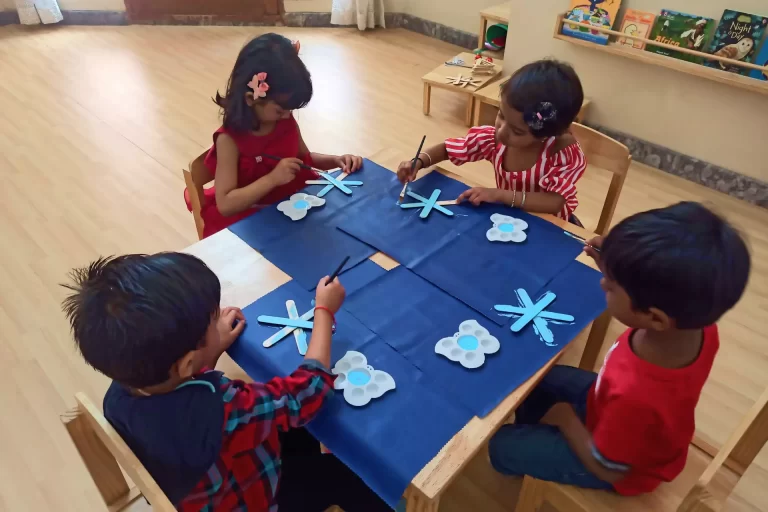This article talks about the various Government initiatives to help children with special needs. It is important that parents and caregivers are aware of these steps in the right direction. These initiatives are applicable to schools, what they should do and how to do it. Intervention at an early stage will help children with special needs to lead a better or even normal life and provide better opportunities for their inclusion into society.
The rights of persons with disabilities Act, 2016 (RPwD Act) recognizes 21 disability conditions and recommends various steps to help people with disabilities. Most importantly, the RPwD Act encourages the inclusion of children with special needs (CWSN) in regular schools while addressing their special needs. It is in harmony with the United Nations Conventions on
The Rights of Persons with Disabilities (UNCRPD).
To be able to address the special needs of such children, the starting point is knowing that they have special needs. Sometimes, the children with special needs do not visibly manifest their condition or needs. Teachers are thus probably unaware that the child has needs which require attention at this early stage. Teachers are the ones who engage with children in various settings and are in a unique position to identify behaviours related to various conditions/special needs.
Keeping all this in mind, PRASHAST was designed by NCERT so that teachers can scientifically recognize disability conditions at an early stage, preventing unscientific labelling of such children, before these children are referred to special educators who validate the observations made by the teachers.
Early identification and intervention of special needs will also result in optimum management of the child’s condition and prevent worsening of the condition.
Thus, PRASHAST works at 2 levels. At Level 1, it is a screening checklist used by regular teachers and at Level 2, it is a validatory checklist/tool used by special educators to validate the observations made by the teachers to aid children with special needs.
The initial draft of PRASHAST was circulated among disability experts, inclusive education coordinators from various states and UTs, special educators, and regular teachers. After brainstorming the draft, a finalised version of PRASHAST was then trialled in 3 states, 1 Union Territory, as well as select schools in our capital; Delhi.
Taking the RPwD Act and the RTE Act 2009 in conjunction, what emerges is the following:-
- Disabilities need to be identified as early as possible
- The special needs arising from these disabilities need to be addressed scientifically
- Such children require early support to be able to enjoy a meaningful difference in their lives
- This difference is basically confidence and self-respect and this allows them to engage positively with society.
- Identification process of the type of disability should ideally begin from birth.
PRASHAST’s reliability as measured by the Cronbach Alpha reliability coefficient (a method of measuring the internal consistency of tests and measures) indicates that PRASHAST has good internal consistency and is a reliable method of testing/assessing.
PRASHAST has also received positive feedback from multiple international experts.
Coming to the actual use of PRASHAST by school teachers, they first need to be trained in the use of the tool. Subsequently, there is a period of observation by the teacher of the children in different settings and contexts like academics, social, behaviour etc. Observations based on PRASHAST (Level 1 – teacher level) need to be shared with the head of the school before parents are approached about the results. All information of screened students is confidential and remains within the circle of the teacher, school head, and parents/guardians.
Once Level 1 results have been shared with the parents in an empathetic manner, the results can be shared by the school head with counsellors/special educators within the school. If none of these resources are available in house, parents can opt to approach pediatric development specialists in hospitals or private practice.
The counselors/special educators will first check the fields ticked by the teachers in Level 1 and then “decode” this data into “Disability Conditions” like Autism Spectrum etc. PRASHAST provides the required table for this kind of decoding.
Next, the counsellors/special educators will observe the child for a minimum of 15 days in various settings like
- Classroom
- Playground
- Canteen
- Assembly etc.
The next step will be for the counsellor/special educator to use Level 2 of PRASHAST to validate the findings in Level 1. Each “Disability Condition” has its list of questions to be answered by the counsellor/special educator and these answers will validate or repudiate the findings of Level 1.
Data is then grouped as per each class before being consolidated as a single report for the entire school. A parent consent form is also suggested to be signed by the parent/s/guardian, class teacher, and Principal before all of this is sent to the concerned authorities like cluster resource coordinators and the block resource coordinators.
PRASHAST is a huge step forward in scientifically identifying disabilities/special needs at an early stage in children. This early detection has huge advantages as explained above.
Feel free to email your queries/questions to admin@oliviamontessori.com







